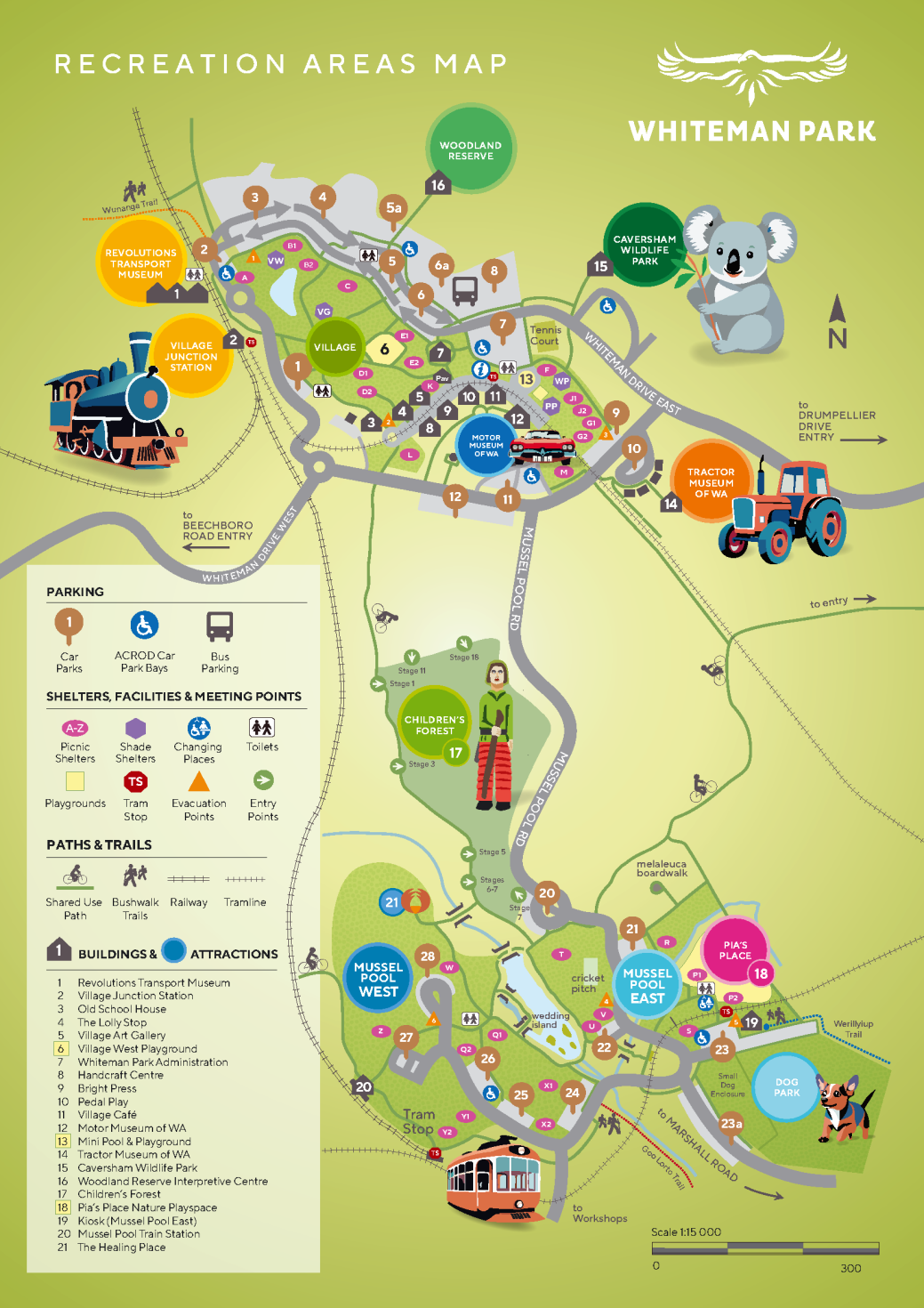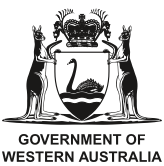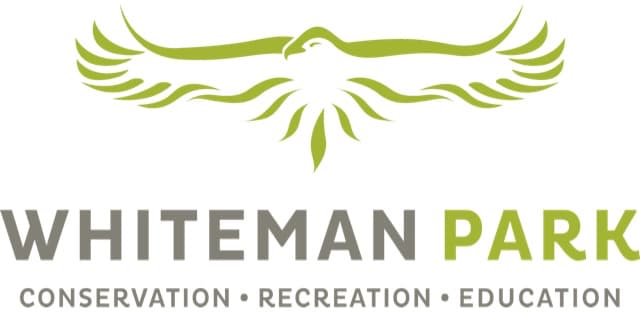Bobtail
Tiliqua rugosa
Bobtails are by far the most commonly sighted reptile in the Park and visitors can often see individuals, or sometimes even mated pairs, basking on the shared used paths in the sunshine, or crossing the roads during the day.
Lazing in the sunshine helps them to digest their food – which is mostly plant materials like flowers, but also includes the occasional snail or beetle – and raise their body temperature.
Also known as shingleback lizards and ‘bluetongues’, bobtail’s mate for life, finding a compatible mate and partnering every spring for up to 20 years! Mating occurs between December and April, when the weather is warmer, before the females give birth to up to three live young.
It is important to note that the sight of a tongue means a bobtail is giving you a little warning sign to go away! They use their brightly coloured tongues as a defence mechanism, opening their mouths large and wide and poking out their tongues to frighten predators. And while they are known as bluetongues, there is another skink species found in the Park that is a true bluetongue – the Western bluetongue lizard.
| Family | Scincidae |
| Scientific name | Tiliqua rugosa |
| Noongar name | yoorn |
| Common name | bobtail, shingleback lizard |
| Conservation status | Least Concern |
| Habitat | woodlands, heathlands |


